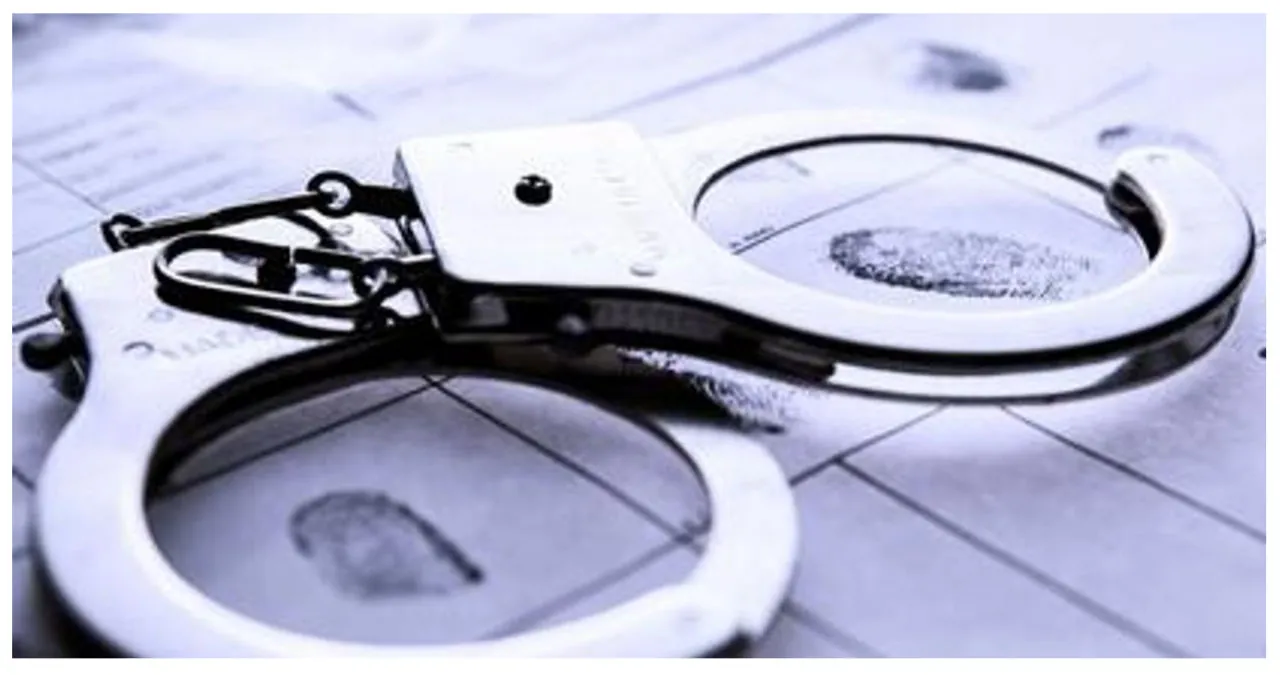Ohio is making efforts to address the issue of gangs in its youth detention centers.
The working group established by Governor Mike DeWine is actively investigating potential solutions to address the challenges within the juvenile justice system. Recent data from the Department of Juvenile Justice reveals that approximately 13% of the population in the Department of Youth Services consists of individuals who are affiliated with gangs.
What You Need To Know
-
- The Juvenile Justice Group meets on a regular basis to discuss ways to fix the incarceration system
-
- The group is looking at ways to combat gangs in youth prisons
- Some formerly incarcerated individuals say that idea might not work based on their personal experiences
-
-
- The Juvenile Justice Group meets on a regular basis to discuss ways to fix the incarceration system
-
-
-
- The group is looking at ways to combat gangs in youth prisons
-
-
- Some formerly incarcerated individuals say that idea might not work based on their personal experiences
The group is considering the possibility of substituting the current three facilities of the Department of Youth Services with smaller establishments. They are of the opinion that this change could foster closer relationships between staff and inmates, ultimately resulting in a more welcoming and family-oriented atmosphere.
Ryan Smith, the Chief Behavioral Health Services at the Department of Juvenile Justice, emphasized the potential benefits of staff working closely together for youth who are facing challenges. According to Smith, this close collaboration can help these young individuals to reflect on their behavior, thoughts, and past experiences, such as those related to sexually transmitted infections (STIs).
According to a testimonial from a former inmate at the Department of Youth Services, they expressed skepticism about the feasibility of that particular idea.
DeShawn Johnson, now a barber, expressed his concerns about the strategy of spreading out and taking more territory. According to him, this approach allows for less influence over a larger group, making them more dangerous as they become more interconnected and interactive.
The Juvenile Justice Working Group comprises 11 members, including judges, prosecutors, sheriffs, and the former director of the state’s department of youth services.
Read More:
- Addressing the Issue of New Carpet Smell in Round Rock: Tips for Fresh Floors and Clean Air
- Long Island Resident Wins $50,000 with Winning Powerball Ticket

